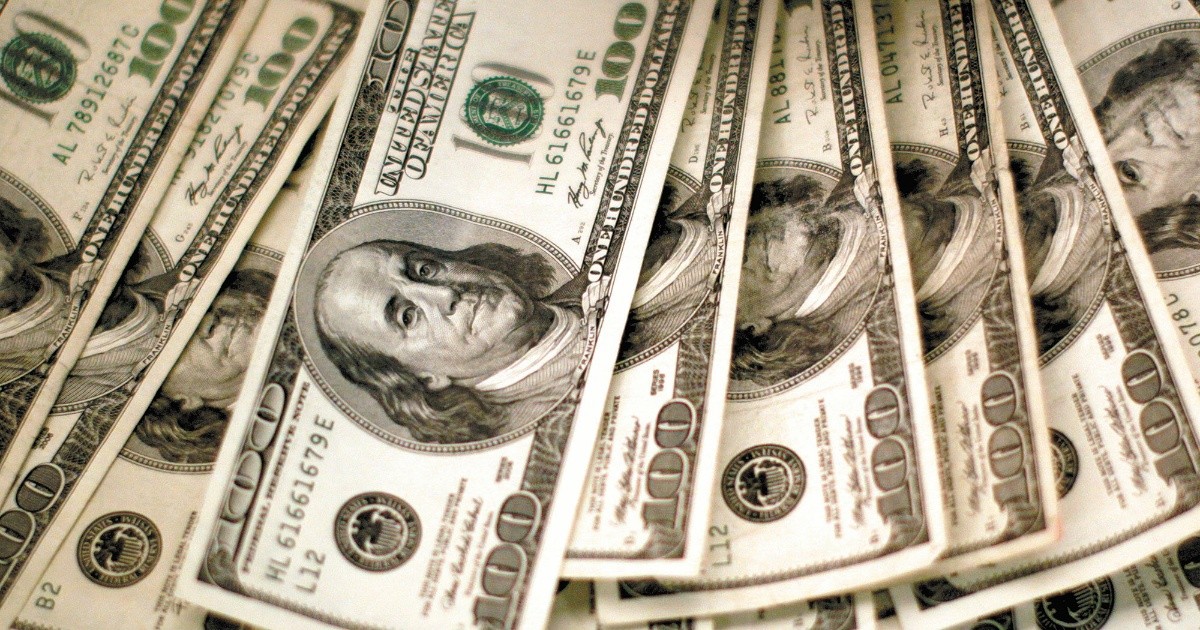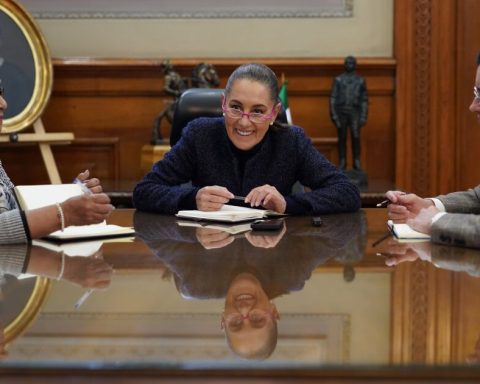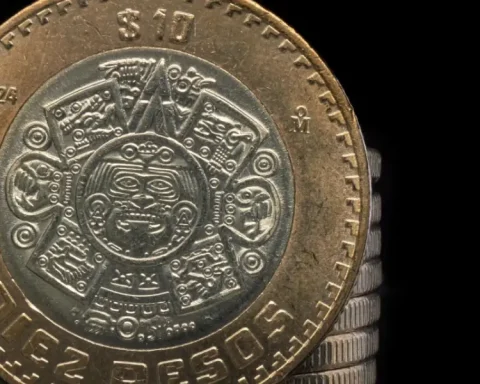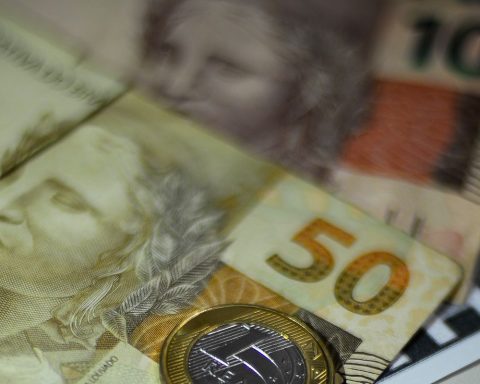The US dollar is advancing strongly in 2022. At the end of the third quarter, the global reference currency for trade and many other essential activities, has pushed most major currencies due to the uncertain outlook.
The Dollar Index (DXY), which measures the strength of that currency with the basket of the other six G7 currencies, has constantly set new highs for two decades and with the most recent, of 114.78 points, it added a close advance in the year at 20 percent.
To put this figure in context, it is enough to resort to comparison: in 2021 the DXY moved up 6%, after having lost a similar percentage in 2020. In 2019 it moved by less than 0.5% and in 2018 the gain in the index was just over 4%.
It’s not just the strength of the greenback. Individually the eurothe main pair of the dollar, fell this year below parity and the pound sterlingthe oldest currency in use and the fourth most important, scored an all-time low against the dollar this week.
The only Asian component of the DXY, the japanese yenconsidered the reserve currency in that area of the planet, has paled before the greenback and, with 140 units per dollar, is at levels not seen since 1998, confirming weakness in general.
After the pandemic and in the midst of war
Consequences of the injection of liquidity due to the Covid-19 pandemic and the pressure on the world economy due to the war in Ukraine have generated a more than complex situation with several edges that will be difficult to control and that maintain this situation.
An effect that both share is a significant inflationary pressure not seen in several decades. Central banks have been forced to make historic increases in interest rates in order to bring inflation into healthy target ranges.
Increases to control rising prices threaten to cause a recession in the global economy. With little collateral at the moment, investors are seeking refuge in the dollar and Treasuries, backed by the world’s largest economy.
On the other hand, activities have begun to lose dynamism in the eurozone, victims of the economic sanctions against Russia that with a domino effect have caused a crisis in the energy sector. In the United Kingdom the economic doubts are similar.
Bad news if you don’t live in the US
A strong dollar has serious implications for trade, affecting countries that are most dependent on foreign imports and raw materials. US rate hikes are hurting other countries by strengthening the greenback.
In other words, while the United States fights inflation, it indirectly creates a scenario of greater pressure on other nations. For this reason, some central banks such as Japan and England have had to intervene in their foreign exchange markets.
The rate of yield on 10-year Treasury bonds this week hit a high not seen in 12 years. His move increased volatility in the markets and put pressure on riskier assets and pushed the dollar to its new ceiling.
On September 21, the Federal Reserve announced its third consecutive hike of three-quarters of a percentage point. In the statement of the unanimous decision, Jerome Powell, president of the central bank, said that inflation must come down at all costs.
Various analysts from financial institutions have warned that this advance in the dollar has generated unbearable pressure for the economy. Rates are expected to continue to rise for the rest of the year and finish at 4.4% versus 3.25% of the current ceiling.
Banxico insures the strong peso
Although at times this year the peso has been affected by concerns in the markets, the truth is that the exchange rate has remained relatively stable compared to the other major currencies mentioned above.
In fact, compared to an official record of 20.5075 units per dollar at the end of December, according to the Bank of Mexico, and with the most recent of 20.1271 pesos, it accumulates a gain of 38.04 cents, equivalent to 1.86 percent.
Analysts attribute their defense to the restrictive monetary policy actions in which Banxico anticipated the Fed. The attractive interest rate difference keeps the price of the dollar stable, contrary to what happens in Japan, for example.
Another factor that supports it is the important exposure that Mexico has to the US economy. Although the Gross Domestic Product of the northern neighbor contracted for the second consecutive quarter, its labor market remains solid.
“The peso has been supported by the rate differential and by a clear position by Banxico, which has not had to make sudden changes like in the United Kingdom, to defend its currency,” said Eduardo Ramos, an analyst at ATFX.
“The worst scenario for the peso would be that geopolitical factors grow, although for now the rates, their liquidity and the proximity between the economies of Mexico and the United States keep it strong,” said Jorge Calderón, derivatives trader at Masari Casa de Bolsa. .
















